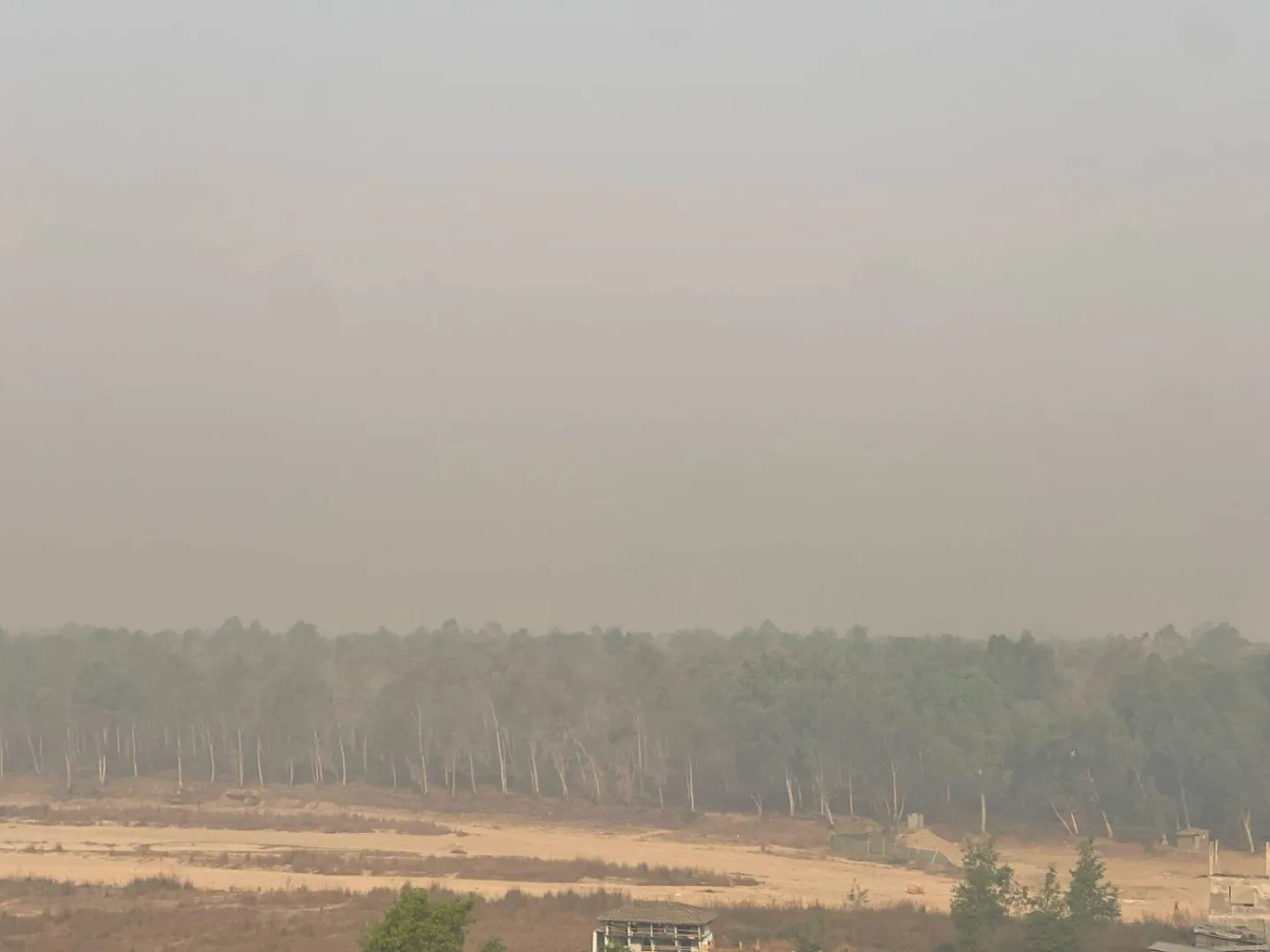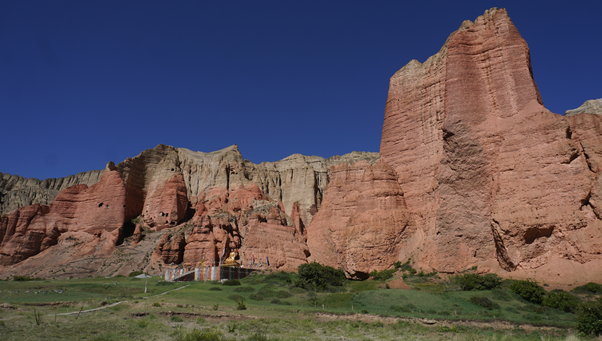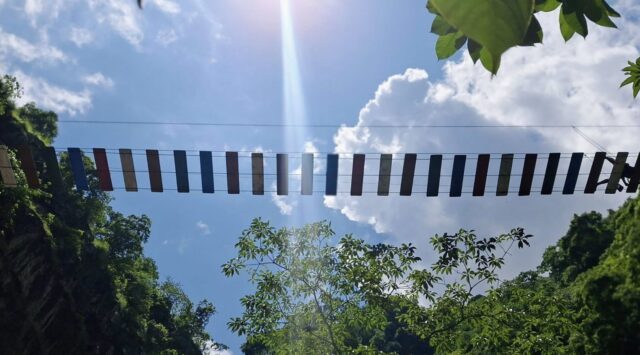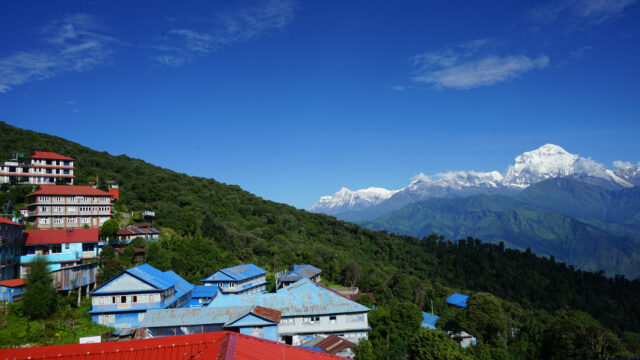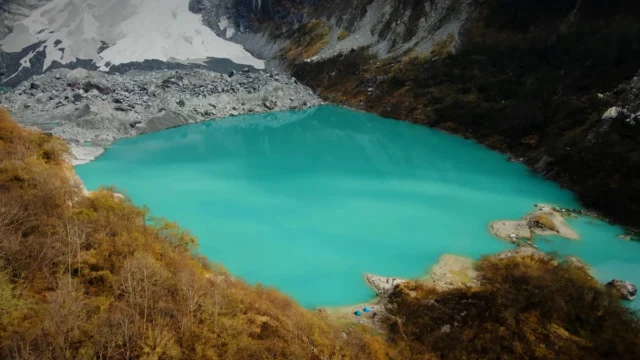Although there is still a week left for the Nepali New Year 2082 to officially begin, the scenic Chure hills of northern Mahottari are already buzzing with excitement. In recent days, a wave of enthusiasm, led by local youth groups, has begun sweeping across the region as preparations for the New Year celebrations are well underway, with a unique focus on nature, culture, and community bonding.
Unlike conventional celebrations, this year’s New Year festivities in the Chure belt are being designed to reconnect the youth with the natural and historical wealth of the region. Young people from southern parts of the Mahottari district have expressed strong interest in exploring the untapped tourism potential of their surrounding areas particularly the Chure mountain range and its remarkable biodiversity.
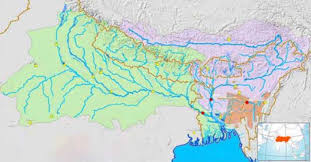
Nature, Fun, and Awareness: A Different Kind of Celebration
In a shift from typical urban-style festivities, groups of friends are preparing for nature-centric gatherings that include picnics and educational trips to significant landmarks within the Chure region. Among them is Sanjay Yadav, a 25-year-old from Bhanga-3, Kataiyaa, who shared, “Of course, we will enjoy the New Year with our friends, but more importantly, we want to take this opportunity to observe and understand the natural treasures of the Chure region.”
Yadav and his friends have set their sights on Chanoute Danda, the highest hill in Madhesh Province. Known for its unique highland climate, Chanoute stands in stark contrast to the scorching plains below. It hosts a variety of temperate crops not typically found in the Terai such as junar (sweet orange), oranges, lemons, as well as mountain vegetables like sponge gourds and pointed gourds.

Yadav believes this will be a perfect way to celebrate the New Year while deepening their understanding of the local landscape. “While it’s unbearably hot in the plains, Chanoute offers refreshing air and a different climate altogether,” he noted.
Exploring Rare and Ecological Gems
In addition to Chanoute, other locations drawing attention include Solighopte Danda, known for its rich collection of medicinal herbs, and Giddhabas, a sanctuary believed to host endangered vulture species. For youths from border areas like Matihani, these destinations offer an exciting alternative to traditional New Year revelry.

Isaraphul Rayeen, a 30-year-old from Matihani-8, shared his group’s plan: “We are organizing a group tour to Solighopte and Giddhabas for our friends this New Year. These places will be new and thrilling for most of us.” Such initiatives are not just about recreation they also help to build awareness around ecological conservation and sustainable tourism. These overlooked natural assets are beginning to attract attention, thanks in large part to the curiosity and initiative of local youth.
Cultural and Historical Sites Under the Spotlight
The Chure range is not only rich in biodiversity but also steeped in ancient cultural and historical significance. Local leaders have welcomed the increased interest among youth, seeing it as a sign of positive change. Kaharman Syangba, Ward Chairman of Bardibas-5, remarked, “The growing curiosity of young people about the Chure and its surrounding areas is encouraging. These sites hold both cultural depth and research value.”
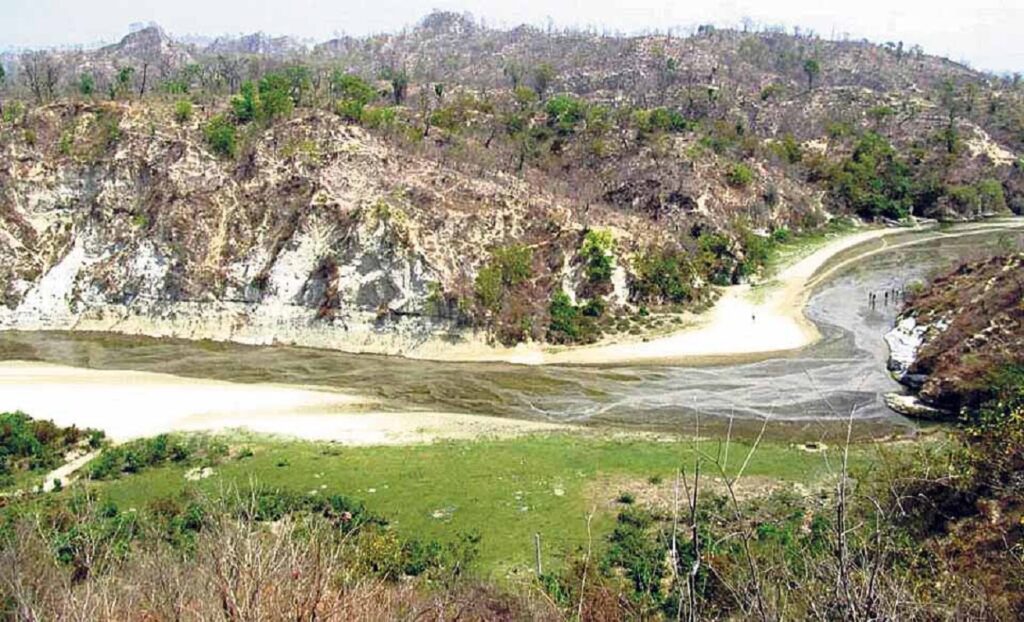
Among the notable landmarks is Tuteshwar Mahadev Temple, often referred to as the “Kailash of Madhesh” or the “Baba Dham of Nepal.” According to local legend, the Pandavas received blessings from Lord Shiva at this temple during their exile. Similarly, Raimandal Dham, located in Bardibas-3, is believed to be the site where Lord Indra performed penance to appease Lord Shiva. The temple houses the revered Indreshwar Shivlinga, believed to have been established by Lord Indra himself.
Nearby, archaeological remains of a Stone Age-era weapons workshop have been discovered something that has sparked increased interest from the Department of Archaeology. Ward Chairman Birat Bista confirmed that further research is underway to uncover more about this historic site.
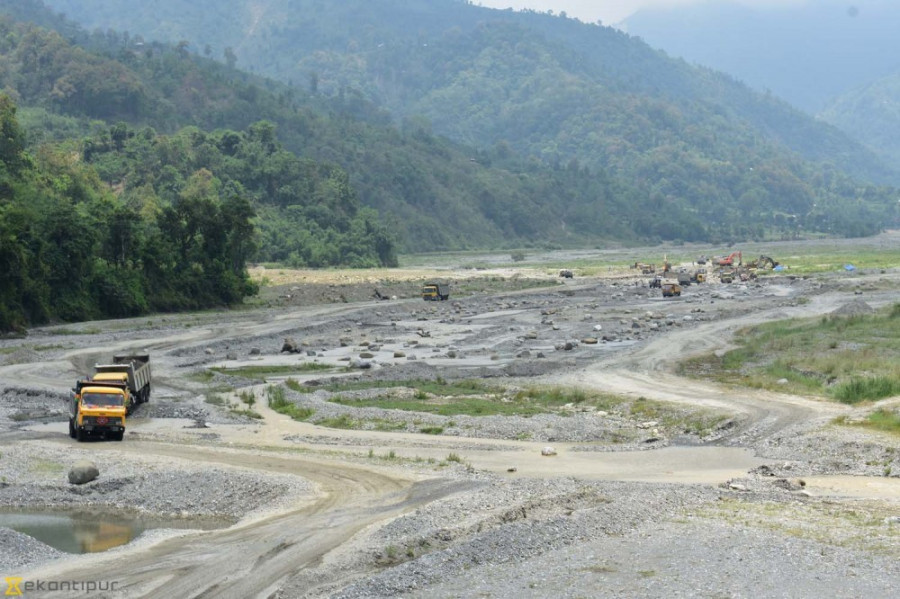
Boosting Interest in Adventure and Spiritual Tourism
In addition to the religious and archaeological sites, locations like Siddha Cave and Giddhabas above Raimandal Dham are also gaining popularity for short treks and group excursions. The increase in footfall from the youth demographic has not only added vibrancy to the region but has also offered a new lens through which local tourism can be reimagined. Experts and community leaders believe that the wide valleys, dense forests, and hilly ridges of the Chure belt hold immense potential to become major tourist destinations especially as eco-conscious tourism continues to gain momentum.
The Road Ahead: A Model for Community-Led Tourism
The ongoing movement led by the youth in Mahottari provides a meaningful example of how grassroots enthusiasm can pave the way for responsible tourism development. By exploring and promoting their own region’s natural and cultural assets, these young adventurers are contributing to both personal growth and community pride. As the countdown to the New Year 2082 continues, the Chure hills are not just preparing for a celebration they are awakening to their potential as an emerging hub for tourism, ecology, and heritage.
